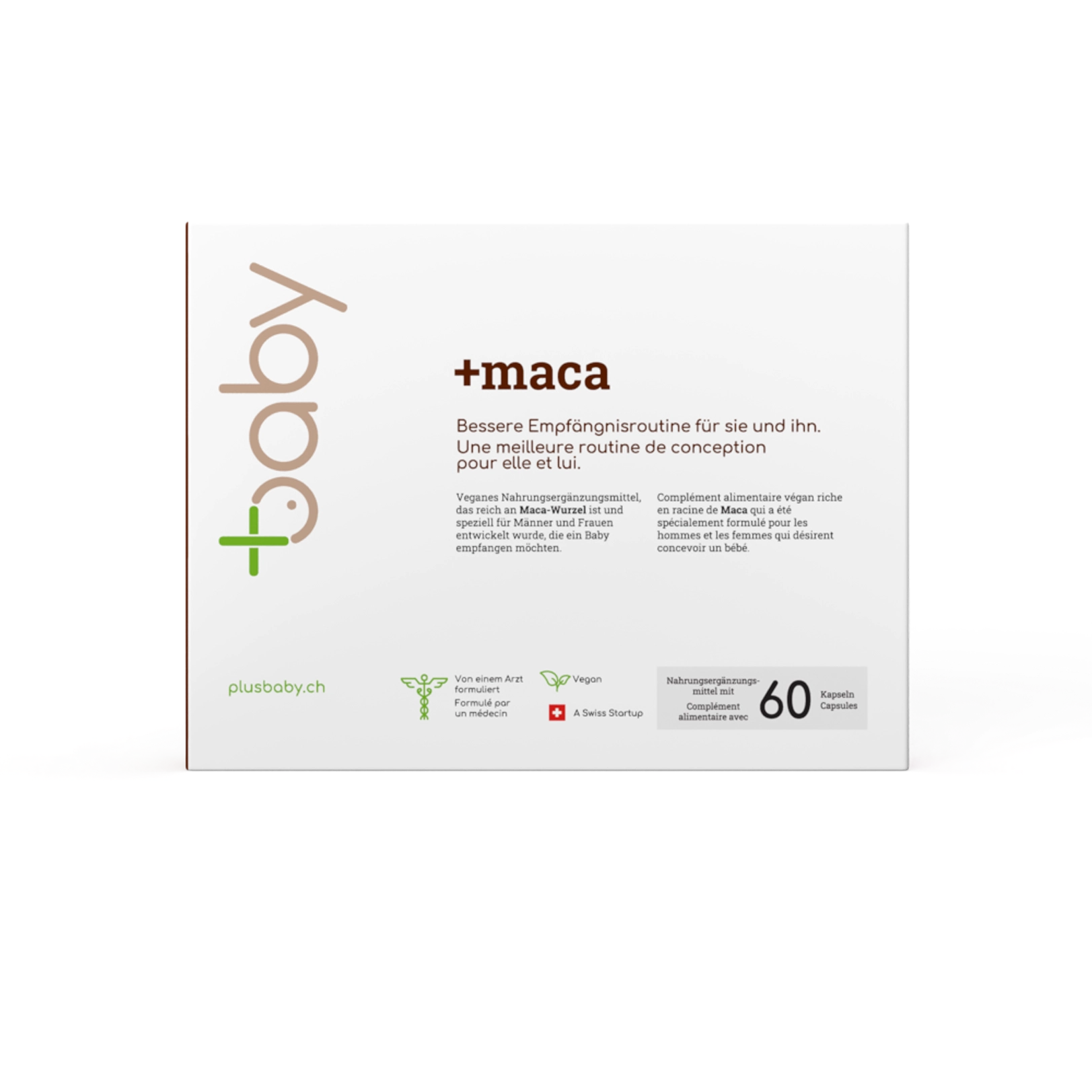🎁Recevez Une Boîte GRATUITE d'Oméga 3 Vegan DHA Pour Toute Commande De Plus De 50 CHF - Visitez Notre Shop !
Exclusive Destocking Sale! 40% 🎁 Off on Selected Products. Shop Now!
Exclusive Destocking Sale! 40% 🎁 Off on Selected Products. Shop Now!
The Chinese pregnancy calendar is an ancestral method, reputed to predict the sex of the baby even before birth. Used for centuries in China, this system intrigues many pregnant women around the world. Discover the principles, the history and how to use this method to determine whether you are expecting a girl or a boy.
CHF 55.90 Original price was: CHF 55.90.CHF 33.54Current price is: CHF 33.54.
The Chinese pregnancy calendar, also known as the ‘Chinese conception table’, has its roots in ancient imperial China. According to legend, it was discovered in a royal tomb around 700 years ago. This calendar is said to be based on the phases of the moon, and associates the age of the pregnant woman with the month of conception.
According to the stories, this method was developed by Chinese sages after observing natural cycles and human behaviour. They are said to have noticed certain patterns between maternal age, the month of conception and the sex of the unborn child. Although mysterious and anecdotal, this story fuels fascination for this ancient practice.
The table has two main axes:
Vertical axis: Represents the mother’s lunar age, which often differs from the solar age traditionally used in the West.
Horizontal axis: Indicates the lunar month of conception.
By cross-referencing these two pieces of information, we obtain a box indicating either ‘Girl’ or ‘Boy’.
To take full advantage of this method, it is essential to understand how to calculate the correct age and month according to the Chinese lunar calendar.
Unlike the calendars used in the West, the lunar age generally adds one or two years to your current age. The Chinese believe that a baby is already one year old when it is born. So if you were born in February 1990, your lunar age would be 2023-1990 +1 = 34 years (in 2023).
To obtain the effective month of conception, you need to consult a solar-to-lunar date converter. For example, if you conceived in April 2023 according to the Western solar calendar, this could correspond to March or May according to the lunar calendar.
It is important to note that the Chinese pregnancy calendar is not scientifically proven. It should therefore be used more as a form of entertainment or tradition than as an exact science. Here are a few precautions to take:
Although it appears to be rigorous and accurate, many scientific studies have shown that there is no direct correlation between this old method and the actual sex of the baby. In fact, the probability of accuracy remains close to a mere 50%.
Some families give this calendar a lot of credit. However, its validity can vary considerably from person to person. The results obtained should always be taken with hindsight and scepticism.
Since it’s intriguing, let’s take a look at a few practical examples to illustrate the use of this calendar.
Example: Woman aged 30
Let’s imagine that a woman says she was born in 1993:
Her lunar age in 2023 would then be 2023 – 1993 + 1 = 31 years.
Let’s assume that conception took place in June (solar calendar), corresponding approximately to the fifth lunar month.
By cross-referencing this data with the Chinese table, she would see a clear indication declaring either ‘girl’ or ‘boy’ depending on the box found.
Example: Woman aged 25
Another illustration involving a woman born in 1998:
Lunar age in 2023: 2023 – 1998 + 1 = 26 years.
Conception in October (solar calendar), probably corresponding to the eighth lunar month according to the usual conversions.
Again, by consulting the conception table aligned in this way, she would obtain a prediction of her future sex: ‘girl’ or ‘boy’.
Despite a proven lack of scientific basis, there are a number of reasons why this technique continues to be popular.
Over the generations, many families have used this procedure to strengthen family ties and discussions around pregnancy. This helps to keep certain ancient customs alive while stimulating intergenerational dialogue.
Often seen as a fun game, this instrument is particularly popular with expectant mothers looking to anticipate the arrival of a little angel. It’s a great way to pass the time during the long weeks of waiting by sparking all kinds of debates and predictions.
Because it’s so easy to use, anyone who’s curious can take part without the need for specific skills or expensive tools. This has contributed to its widespread adoption and even export outside China.
In addition to the Chinese pregnancy calendar, there are several other techniques that deserve attention. Here’s a quick comparison with other well-known methods:
Technically reliable, obstetric ultrasound remains the scientifically recognised method for visualising the foetus and determining its sex from the 17th week of gestation. However, it requires increased medical monitoring and specialised equipment.
Another modern approach, DNA testing involves analysing the mother’s blood to detect the possible presence of circulating foetal DNA. Despite its high cost, it provides unequalled accuracy that was previously impossible.
Other popular beliefs attribute certain belly shapes to sexual prognosis. If the belly is pointed, they predict a boy; if it is round, a girl. Here again, there is no scientific consensus to back up these subjective assertions.
In short, although open to question, these different techniques show varying degrees of reliability, mitigating the original human experience of the natural uncertainty of motherhood.
Like every traditional method, the Chinese pregnancy calendar is subject to various criticisms, often stemming from modern scientific perspectives.
Based on incomplete astronomical concepts, this method ignores the major biological principles established for human fertilisation. Many describe this approach as pseudoscientific, where coincidences end up being taken as certainties.
Some believe that its ‘lunar’ designation is confusing outside continental Asia, making it difficult for foreign neophytes to read and verify its veracity.
Chinese Pregnancy Calendar: In the end, despite these valid criticisms, it has to be said that ancestral persistence arouses curiosity handed down from generation to generation, becoming an incomparable cultural phenomenon that resonates eternally with young mothers in search of perpetual fantastic stories!

CHF 55.90 Original price was: CHF 55.90.CHF 33.54Current price is: CHF 33.54.

CHF 33.90 Original price was: CHF 33.90.CHF 20.34Current price is: CHF 20.34.
